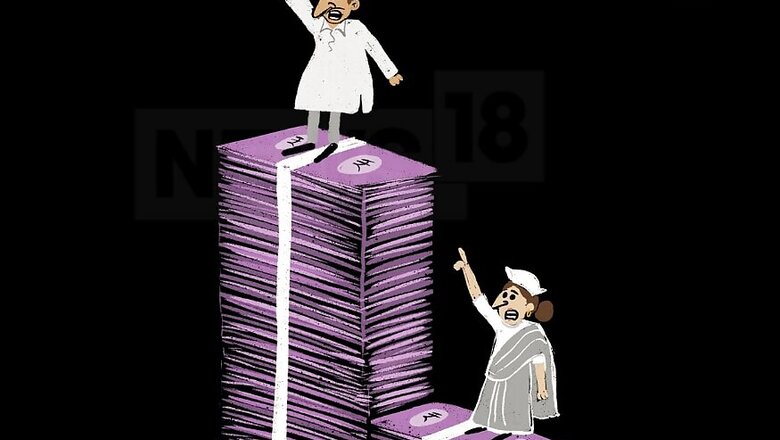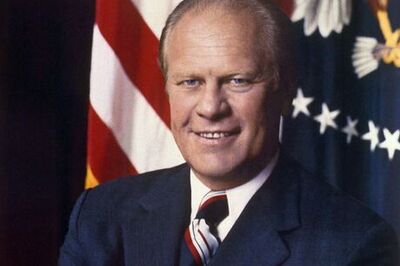
views
But, when we go beyond these high-profile examples, the role of women in contemporary politics, especially at the national level, is far more complex.
In India, nine out of 10 legislators are men and women continue to be underrepresented as political candidates in both the state and national elections, constituting only a little over one-twelfth of the parliamentary candidates. Meanwhile, only one-tenth of the winning candidates are women. This is irrespective of the fact that women make up nearly half of the country’s population.
Women representation in the Parliament has been at the center of several political slugfests with parties constantly blaming each other over the failure to pass the Women’s Reservation Bill since it was first introduced in the late 90s.
In 2014, nearly 668 or 8 percent of the total 8,251 candidates who contested the Lok Sabha polls were women. Only 62 female MPs eventually made it to the lower house, accounting for just 11 percent of the total number of MPs in the 16th Lok Sabha.
In the previous part of the series, News18 had reported that candidates raised a good amount of their campaign money from their party. But can these numbers tell us if there is a gender bias within the parties when it comes to funding a candidate?
In the 2014 Lok Sabha elections, a female BJP MP received almost 61 per cent of her party’s total funds, while 15 per cent of it came from ‘other sources’ including individual donations, firms, organisations. In comparison, a male BJP candidate raised 54 per cent of his campaign money through the party, with other sources contributing to 24 per cent of the funds.
However, the higher proportion of party funds for the female MPs could be misconstrued as women only contribute to 11 per cent of the total number of BJP legislators in the current Lok Sabha.
While the three women MPs from AIADMK and a lone female MP from Shiv Sena claimed that they did not receive any money from the party, the only woman MP from TRS Kalvakuntla Kavitha declared 85 per cent of the funds raised as ‘party funds’. In the case of AIADMK, Mahendran C was the only MP who raised money from the party.
In line with the astoundingly low proportion of women in the parliament, representation across parties was pretty dismal as well. Out of the top eight parties analysed, only All India Trinamool Congress had the greater share of women legislators at 32 percent. Among other parties,11 percent of BJP MPs and 9 percent of Congress MPs were women.
While there has been a dismal representation of women in the parliament over the years, the local government has witnessed a substantial increase owing largely to the Constitutionally mandated 50% reservation for women at the Panchayat levels. According to the official numbers, there were 13.72 lakh elected women representatives (EWRs) in Panchayati Raj Institutions (PRIs), which accounted for 44.2 per cent of the total elected representatives (ERs), as of December, 2017.
According to the Economic Survey 2018, women sarpanchs accounted for 43 per cent of total gram panchayats (GPs) across the country.
(This story is Part 3 of News18.com’s special series ‘Paisa, Polls and Politics’ on election financing in the world’s largest democracy.)
Read all the Latest News, Breaking News and Coronavirus News here. Follow us on Facebook, Twitter and Telegram.




















Comments
0 comment